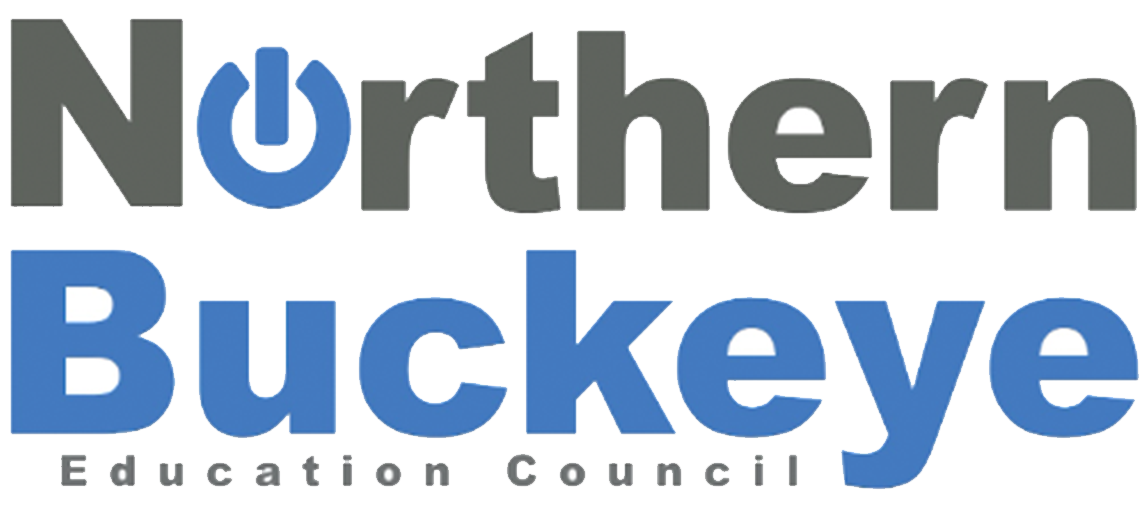It was a perfect day! The sun was shining, big puffy clouds were in the sky, and the sound of young laughter and excitement filled the campus of Archbold Elementary School.
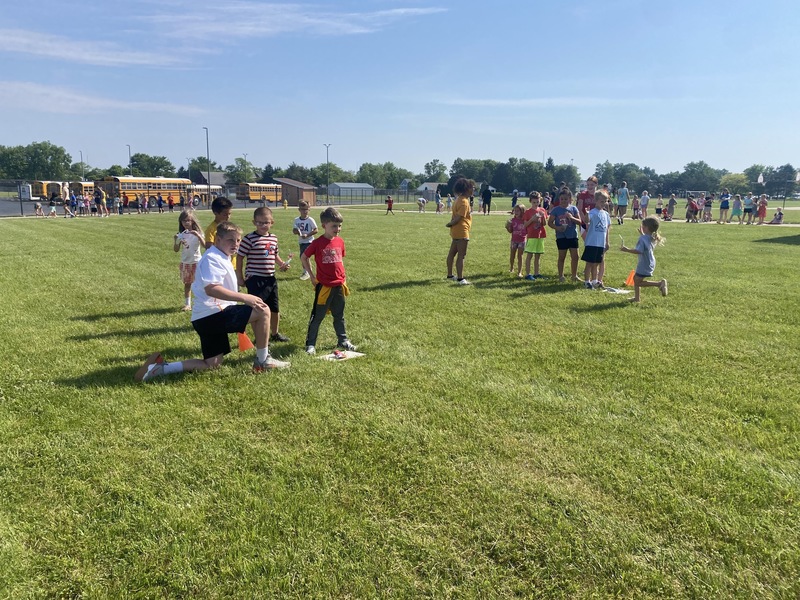
One of the absolute best parts of my job have been the opportunities to participate in STEAM programs throughout the school districts in northwest Ohio over the past two years. One of the more rewarding experiences has been my time working with the first and second grade classes at Archbold.
The Archbold Elementary teachers are all about STEAM. One of the first things that most of them told me when we first met was how much they enjoyed doing STEAM activities and wanted to try to plan one major STEAM project or activity for each trimester. And I found this very exciting. I think the student engagement factor is something that gets a little bit lost in the current climate of education. Not just at the elementary but at all levels. When the students become engaged they learning becomes real; memories are made and even something as simple as a “hoop glider” can activate a young person’s curiosity and interest in multiple areas of learning and connect them all together.
So on this day, the 1st and 2nd grade teachers wanted to do a fun STEAM project that involved their students constructing something and going outside to use it. Because, let’s be honest, elementary teachers at the end of the school year need to get their students outside doing something as much as they possibly can. So I worked with both 1st and 2nd grade staff to come up with their projects.
For the 1st graders, we decided on building “stomp rockets.” This is a GREAT project that promotes construction skills and activates a young person’s curiosity in force and propulsion. We took a day before our event to construct our rockets. Each class met with me in the STEAM Lab in the elementary building. The rocket construction involved a piece of paper for the rocket tube/body, three pieces of paper for the rocket fins, an empty (and rinsed) Capri Sun pouch and a “bendy” straw. Add a little bit of tape, a gluestock, some scissors and several instances of young voices saying “I need help, I need help” and voila! Stomp rockets!
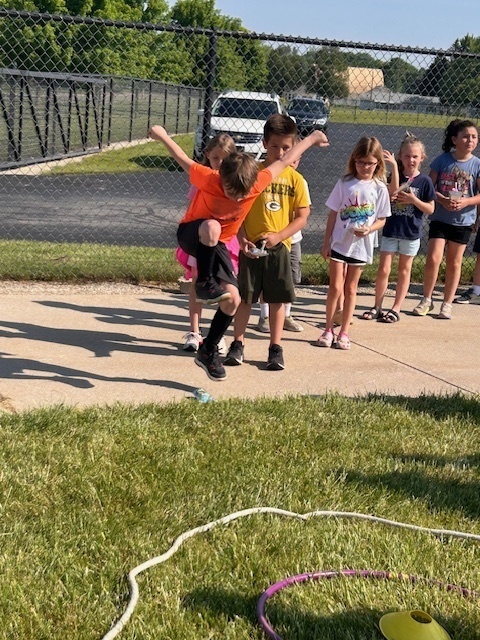
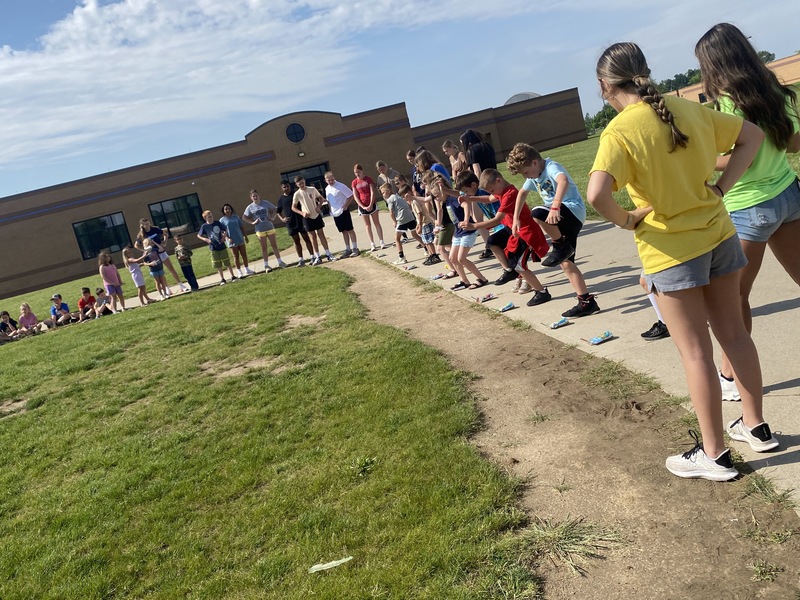
The 2nd graders also constructed a flying object. They created “hoop gliders.” This twist on the paper airplane is a great way to show young people how air interacts with physical objects and gets them thinking about engineering principles. The gliders only require a straw, a large strip of paper, a small strip of paper and some tape. And, of course, they need to personalize their gliders as well.
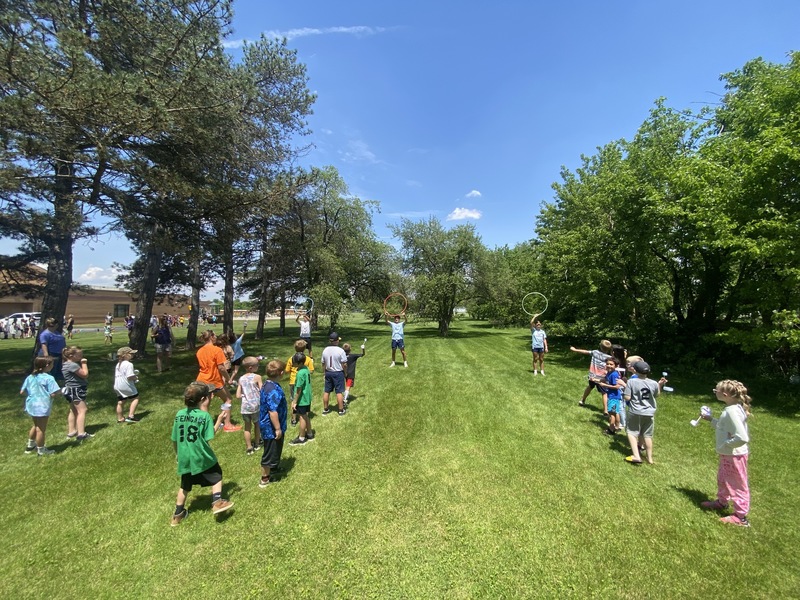
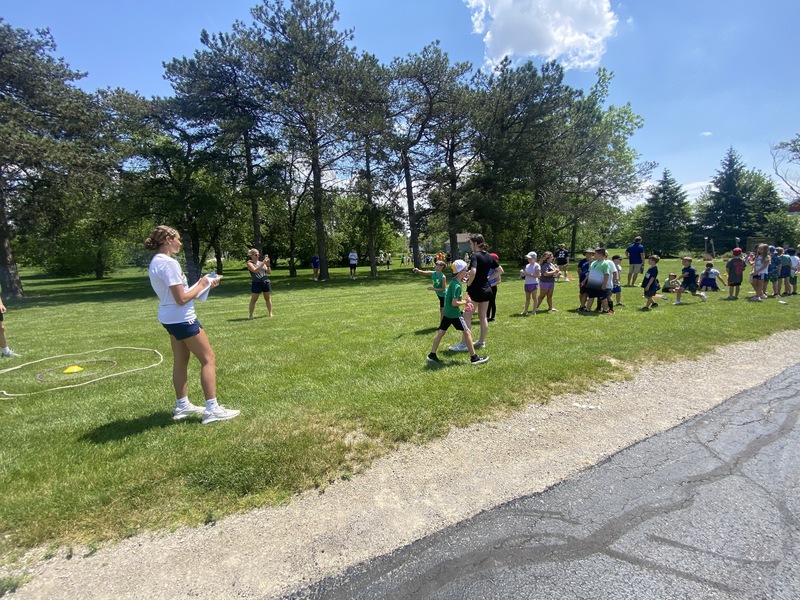
So what made the day special was our planned activities so the students could use their creations. The 1st graders had the morning and the 2nd graders had the afternoon. Each grade rotated around to our activities which were comprised of a total distance activity called, “Go the Distance,” a relay race activity called “Bluestreak Relay,” an accuracy activity using a bullseye target on the ground called “Target Practice,” and a fun game with three hula hoops called “Quidditch….Sort of.” The students had a great time at each station seeing how their rockets and gliders performed and learning how to adjust the operation of their vehicles based on the challenges of each station.
What made the day even better was that we had help from the 8th grade STEM classes at the middle school. Their teacher, Mrs. Bentley brought 20 students for each grade’s activity time and they ran all of the activities and also set up a “pit stop” station for rocket and glider repairs. The middle school students were fantastic with how they interacted with the young students and even lined up on either side of the building doors to give the 1st and 2nd graders a final high five as they went back inside at the end of the activity.
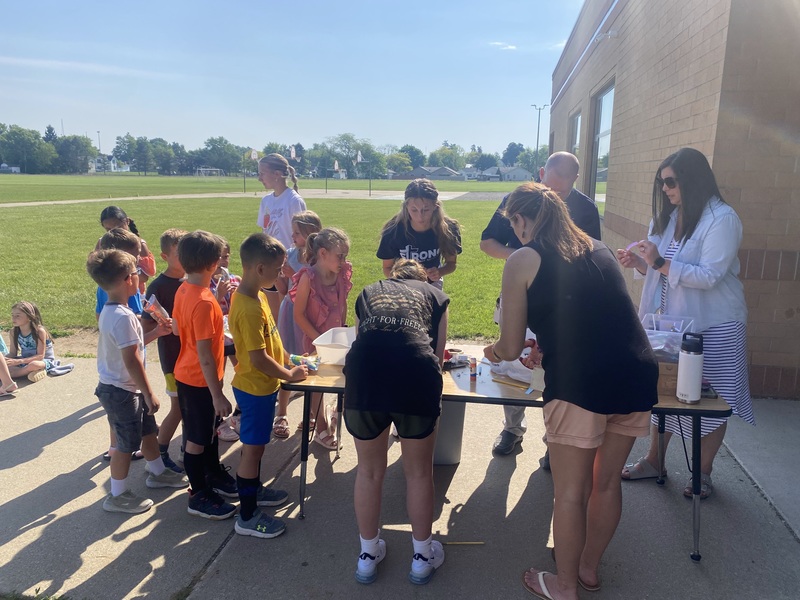
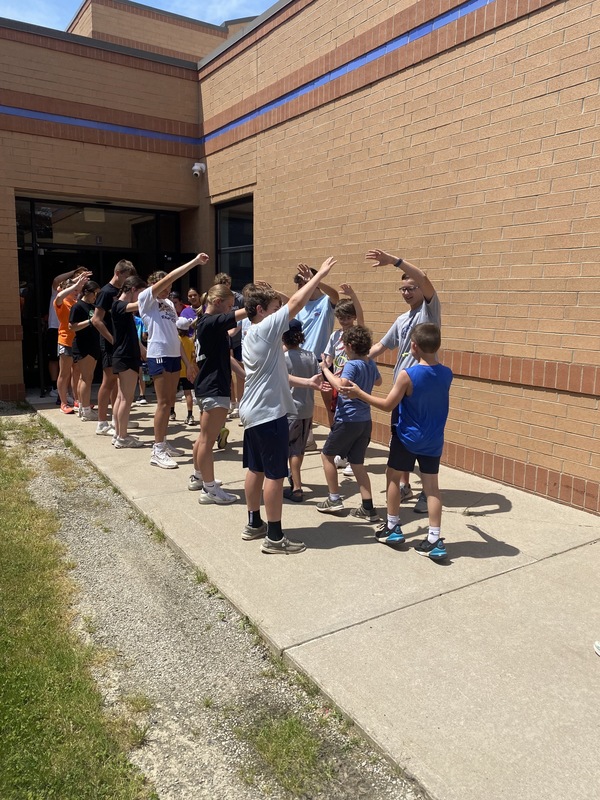
I wholeheartedly believe that the key to improving education begins with student interest; also known as student engagement. Working to unlock curiosity about “why” and “how” using activities that promote laughter, energy, and enthusiasm will transfer into better achievement in math, reading, science, communication, music, art……everything. Nothing can stop the child that WANTS to learn. We, as teachers, just have to provide the opportunity for them to discover that desire.
